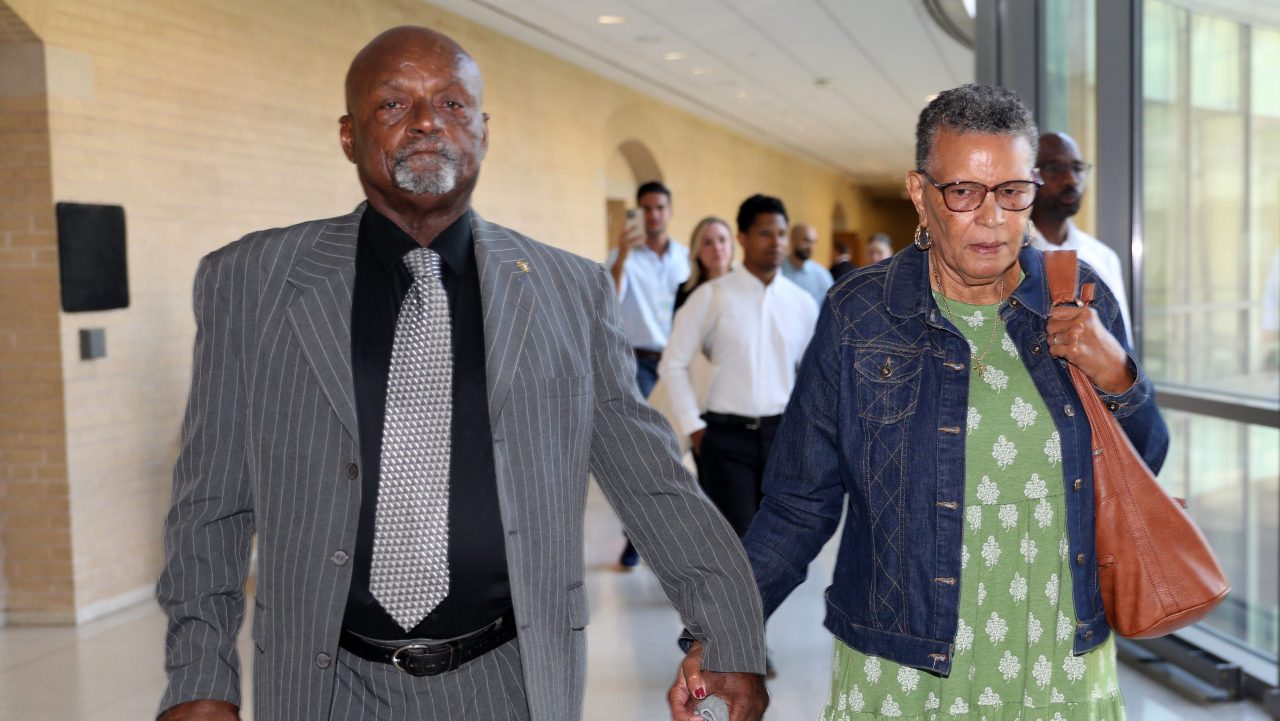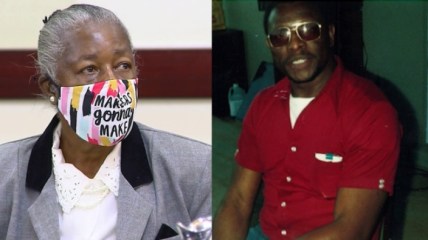Leonard Mack, wrongfully convicted of rape in 1976, exonerated by DNA evidence
Eyewitness misidentification, like in Mack's case, is the primary cause of erroneous convictions and played a role in 64% of the 245 exonerations and releases achieved by the Innocence Project.
A Black man wrongfully convicted of rape nearly five decades ago has been exonerated in light of new DNA evidence.
According to the Innocence Project, authorities exonerated Leonard Mack on Sept. 5. He served seven and a half years in prison and has endured 41 years of injustice after being falsely convicted of rape and two counts of unlawful firearm possession in March 1976.
Mary-Kathryn Smith, one of the attorneys working with Mack, said her client, now 72, has finally received some justice.

“Mr. Mack’s resilience and strength is why this day has finally come,” Smith said. “We want to thank the Westchester County District Attorney and its Conviction Review Unit for their cooperation and commitment to search for the truth.”
The Innocence Project collaborated with the Westchester County District Attorney’s Conviction Review Unit to conduct a post-conviction inquiry, resulting in new DNA testing of crime scene evidence which showed Mack did not commit the crime.
No wrongful conviction has taken longer to be reversed based on fresh DNA evidence than Mack’s, according to the Innocence Project’s analysis of cases.
In his case, nearly every frequent contributing factor to erroneous convictions was present. Along with the state’s forensic analyst’s false forensic testimony at trial, racial prejudice, tunnel vision, and eyewitness misidentification — the primary factor in wrongful convictions — all played significant roles.
On May 22, 1975, two 12th-graders were walking home from their high school in Greenburgh, New York, when a man approached them with a pistol. He proceeded to blindfold, gag, and bind the girls’ wrists and ankles while threatening to kill them if they screamed.
The suspect raped one of the girls twice before leaving the scene. The girl he didn’t sexually assault managed to escape and go to a neighboring school, while the rape victim freed herself and ran home. Her sister dialed 911 and took her to the hospital for a rape kit.
Greenburgh police sent out a dispatch asking people to be on the lookout for a clean-shaven Black male suspect in his early 20s with a medium build. He was described as wearing Black pants, a tan jacket, a Black hat with a white brim, a gold earring in his left ear, and carrying a .22 or .32 caliber handgun.
About two and a half hours later, Officer James Fleming stopped Mack and informed him he fit the description of the rape suspect, despite his attire not matching the report the girls provided police.
Mack denied involvement and explained that he was with his girlfriend, who backed his claim. However, after searching Mack’s car, Officer Fleming arrested him after discovering a .22 handgun in the trunk.
The girls eventually pinpointed him through suggestive identification techniques.
The state’s case at trial depended primarily on the victims’ identification of Mack. Eyewitness misidentification is the primary cause of erroneous convictions and played a role in 64% of the 245 exonerations and releases achieved by the Innocence Project, according to the project.
The National Registry of Exonerations revealed that Black and Latinx exonerees experience purposefully suggestive witness identifications twice as often as white exonerees.
As a result of the Innocence Project’s advocacy, New York adopted a law in 2017 requiring law enforcement organizations to develop standards and best practices for eyewitness identification processes.
According to the advocacy organization, fixating on a particular idea or suspect is a well-known effect of implicit racism which leads to the stark racial inequalities visible in erroneous convictions.
A 2022 study, Race and Wrongful Convictions in the United States, revealed that 13.6% of Americans identify as Black. However, they account for 53% of the 3,200 exonerations registered in the National Registry of Exonerations.
Based on exonerations, Black Americans are seven times more likely than white Americans to be wrongfully convicted of severe crimes, the Project reported.
Westchester County District Attorney Miriam E. Rocah said the independent Conviction Review Unit’s dedication and Mack’s unyielding determination to clear his name for almost 50 years were significant factors in their ability to establish his innocence.
The pardon and the new DNA evidence support the idea that incorrect convictions negatively affect mistakenly imprisoned people and reduce everyone’s sense of security.
“I lost seven-and-a-half years of my life in prison for a crime I did not commit and I have lived with this injustice hanging over my head for almost 50 years,” Mack said. “It changed the course of my life — everything from where I lived to my relationship with my family. I never lost hope that one day, I would be proven innocent. Now the truth has come to light and I can finally breathe. I am finally free.”
TheGrio is FREE on your TV via Apple TV, Amazon Fire, Roku and Android TV. Also, please download theGrio mobile apps today!



